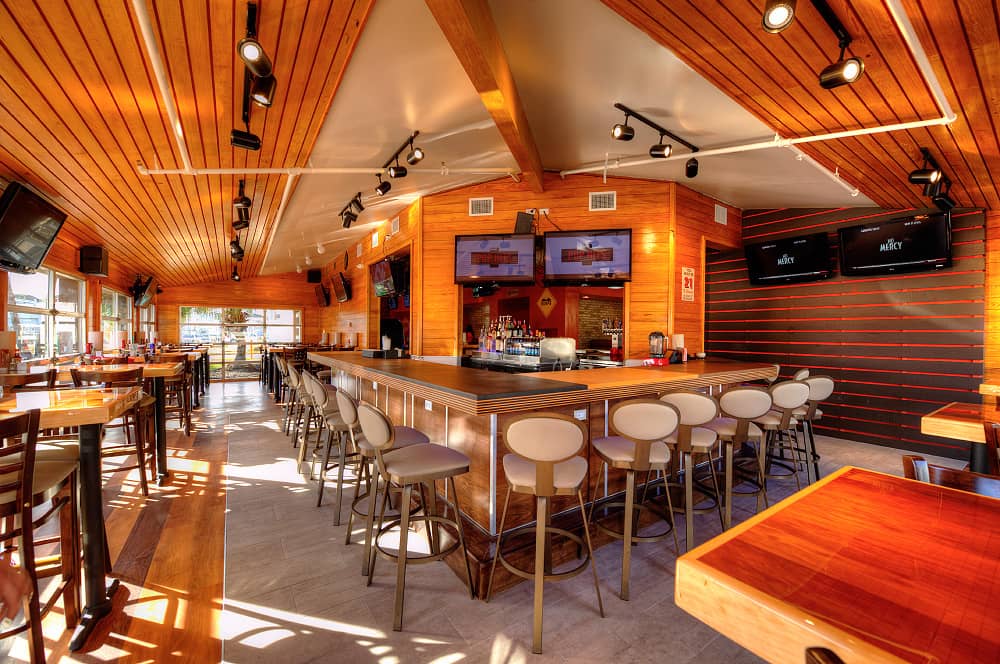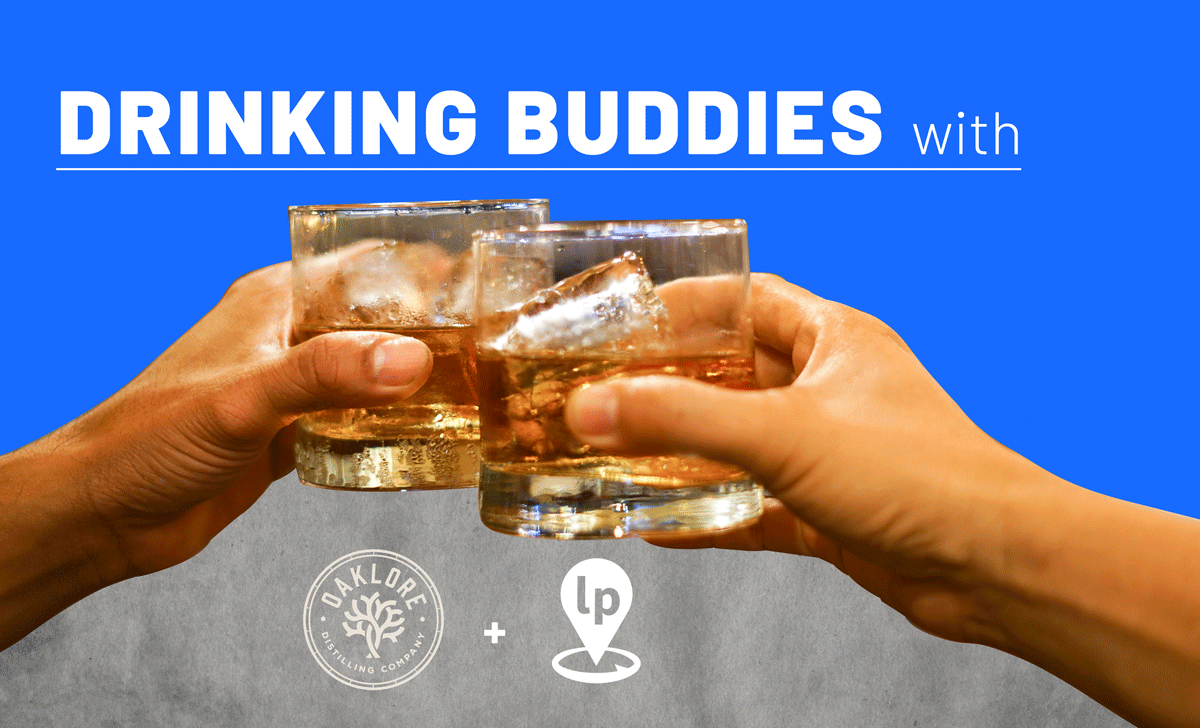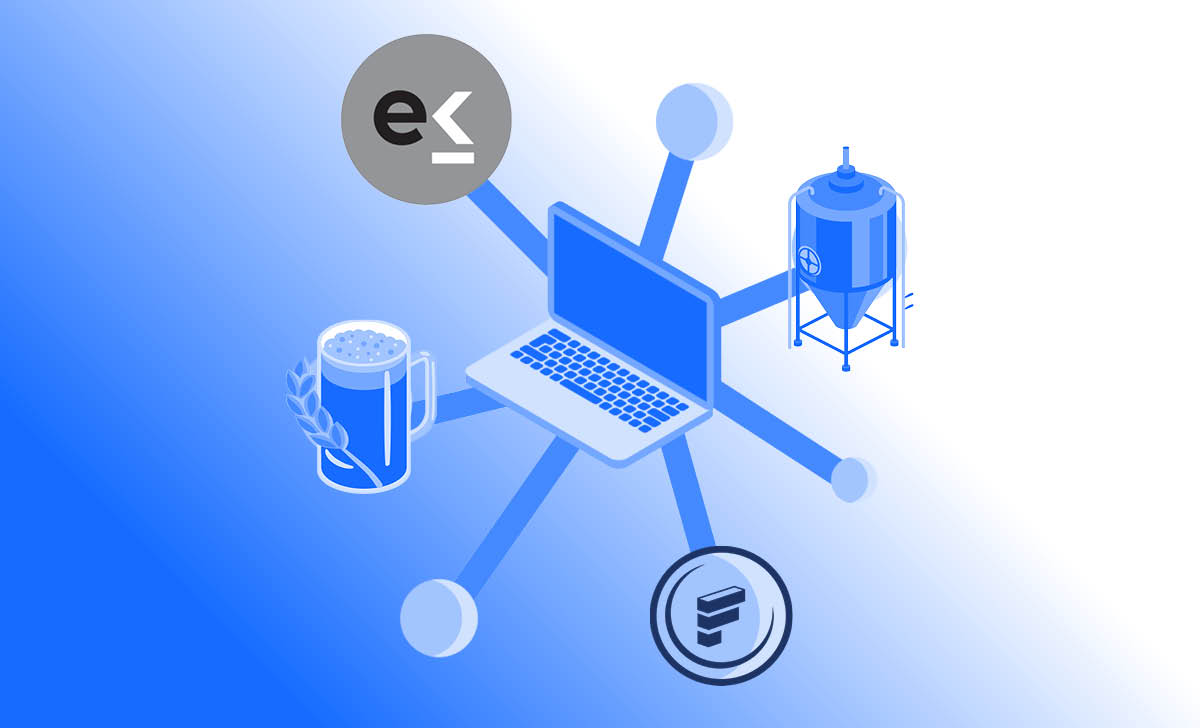When COVID-19 and the resulting regulations began impacting their business, Hooters enriched their service with new safety procedures and innovations surrounding to-go operations to support brand success through the pandemic.
This blog is part two in a five-part series around how Restaurateurs are finding their new normal and operating under COVID regulations.
When you think about beer and wings, it’s likely that your brain is also thinking about one of the restaurant industry’s most recognizable names – Hooters. With firm roots in customer service, Hooters has built a nationwide chain with the understanding and ability to adapt to any challenge that may come their way. When COVID-19 and the resulting regulations began impacting their business, Hooters enriched their service with new safety procedures, innovations surrounding to-go operations, and explorations of new and better ways to serve the customer. During our panel webinar, we spoke with Bruce Skala, Senior Vice President of Marketing with Hooters, to learn how Hooters has adjusted their business to support brand success through the pandemic. Read his answers to our panel questions below!
Managing locations across different cities, counties, and states is inherently challenging. What procedures are you following to handle the ever-changing COVID restrictions and requirements as a multi-unit operator?
Bruce: We have operators working in the individual regions to really keep their ear to the ground to know what’s going on in regards to regulations. They’ve done a great job at communicating with the corporate level to ensure that we’re making any necessary changes, then delivering the information back down the chain to the individual locations for implementation where necessary.
How are you communicating your reopening procedures to guests and ensuring they have the most up-to-date info?
Bruce: Our most significant resource has been our social media channels. We have individual pages for our stores, then a national brand page, that we continuously update with reopening or to-go news. In each location, we also have signage to let guests know if we’re open for dine-in, to-go only, patio dining, etc. Lastly, we’ve been using our partnerships with radio and tv to run advertisements in different markets, which we use to communicate how we have safely reopened our dining rooms and give them options for visiting. The TV ads have been a fun way for us to stick to the brand and communicate that we’re ready and excited to welcome back guests and even show them a little bit of what we’re doing from a safety standpoint. (You can watch the newest Hooters ad on their Facebook page!)
Greeting and inviting guests into your store can be a daunting task now. How are you making people feel comfortable with dining-in and addressing capacity limitations with guests?
Bruce: Well, in the store, we have a lot of signage to communicate what we’re doing to reinforce safety. We have hand sanitizer stations everywhere and are encouraging and requiring masks based on local regulations. We also have regular, mandated cleaning procedures, and have signs on things like the bathrooms reminding guests to use them one at a time. To encourage physical distancing and accommodate for regulations in different states, we’re physically removing the tables where we can. If we can’t remove the table, we’re utilizing signs that say “Table Temporarily Closed” to indicate that they’re not open for service.
Are you making any changes to how you present your menu to accommodate the new safety realities brought on by COVID?
Bruce: We’ve moved to disposable, single-use menus and are also using QR codes on each table that lead to a digital menu. Honestly, I think that these digital menus are here to stay post-COVID. They provide a comforting safety element for guests and provide much more flexibility with our ability to promote limited-time offers and showcase our rotating beer offerings.
Are you making permanent changes to the items on your menu to make it more take-out friendly?
Bruce: Thankfully, we haven’t had to make any changes to our food menu. Chicken wings are one of the most regularly delivered foods, and in fact, on Superbowl Sunday, Hooters’ wings were the #1 most-delivered item. We really felt that our menu was built to support this transition. While we don’t have our own delivery drivers, we are partnered with third parties like Doordash, UberEats, and Grubhub. Plus, we have our own website, hooterstogo.com, which is an easy-to-remember site for customers to place to-go or delivery orders quickly via the different delivery partner options. We were ahead of the curve for to-go, and it really helped us bridge our sales while our dine-in options were temporarily closed.
Obviously, one of the biggest changes to come out of COVID regulations has been the allowances for alcoholic drinks to be served to-go. How is your business adjusting to the new changes in regulations?
Bruce: We’ve had some fun with this one for sure! To-go alcohol is sort of like a genie out of a bottle at this point, so we’re doing what we can to stay ahead of regulations and to ride the potential profits as best we can. First and foremost is our commitment to understanding what we’re allowed to sell and where. We have a spreadsheet that’s updated regularly with which stores are allowed to sell alcohol to-go, and if there are any package or product restrictions. Once we know the rules, we’re selling everything to-go from kegs to growlers, cocktails, and even six and twelve-packs – all-new offerings where legal.
Serving liquor to go has been really interesting because it’s brand new in most markets, and we had to come up with a way to sell it. In the states where it’s allowed, to-go liquor has to be sold in sealed packages, whether that’s the full bottle or a container with some kind of sticker or seal. Most of our sales have been our own, Hooters branded liquor in a package deal where we sell the 750 ml bottle and two mixers. We’re also running a test right now for curbside cocktails with Anheuser Busch and the Drinksworks product, which is essentially a Keurig for cocktails. It allows our team to make a mixed drink on the spot and offer it to people who are picking up their wings, so it’s almost allowing us to pitch cocktails as an impulse buy.
Have you had any issues with managing out of stocks?
Bruce: Out-of-stocks haven’t been too much of an issue for us because, once capacity regulations hit, we immediately pivoted to reduce the number of draft handles and options per store. There’s really no point in stocking 40 handles if we’re only allowed to serve 25-50% of our regular capacity. We’ve really started to change the SKUs we’re carrying to adapt to the to-go demand and are gearing up for that to be a permanent change to our business.
Lastly, what would be your best advice for anyone looking to navigate all these new regulations and be successful in moving forward?
Bruce: I would definitely say to be nimble. Everything is changing so fast, and rules are really day-to-day, so you just have to be flexible. For example, we’ve had to recreate in-store signage probably weekly to communicate new changes. We had to reset our business model, and as we reopen, we’re growing our customer base through new service options. As our dine-in customers our returning, our to-go business remains strong so we’re acquiring many first-time customers and creating a new group of loyal heavy-user consumers.
Another piece of advice would be to lean on technology that can help implement efficiencies because you need them now more than ever. For us, that technology is Fintech data. We wouldn’t be able to do what we’re doing, and we certainly wouldn’t be able to track the success of new initiatives without it. Having technology that promotes efficiency and keeps your teams safe is highly advantageous. Overall, we’ve had to adapt quickly and learn, but at the end of the day, it’s all helping us get back to doing what we do best.
Interested in hearing more about how Hooters and other top restaurant brands are handling new regulations and finding success with reopening? Watch our full panel webinar, Restaurateurs Share Best Practices for Operating Under COVID Regulations, any time on-demand.




